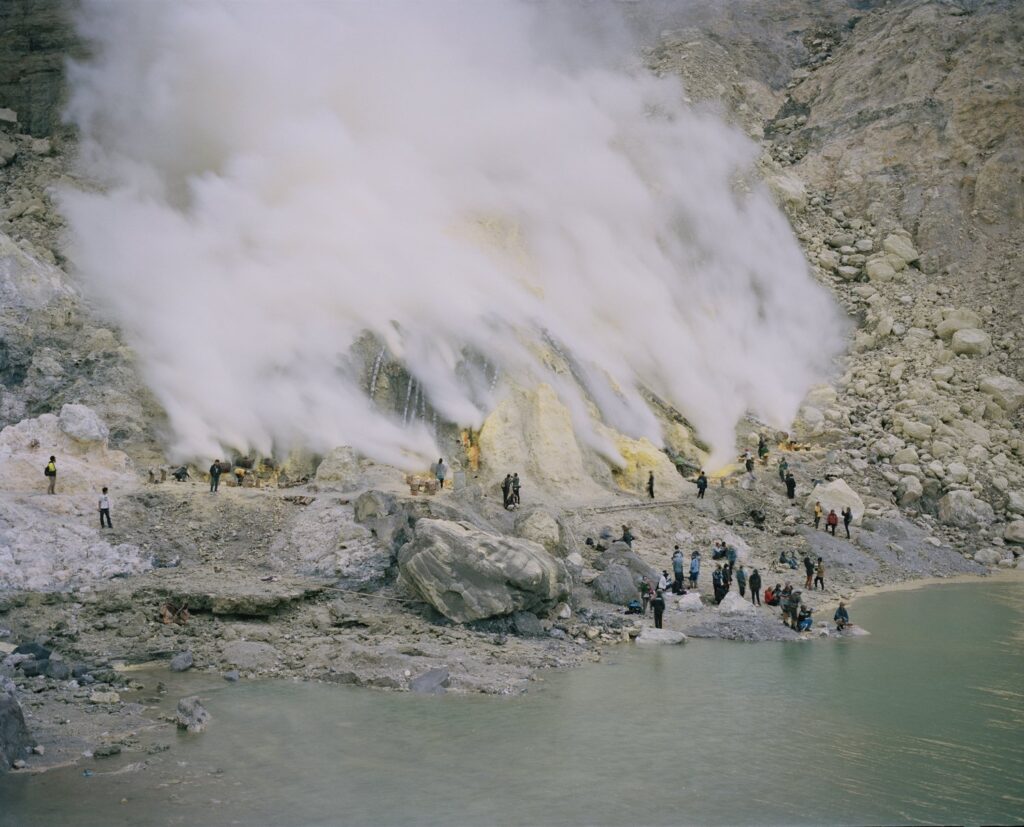
Sophia Journal is currently accepting submissions for its third thematic cycle “Landscapes of Care”, addressing contemporary photographic and visual practices that focus on how architecture understood in a wide sense can help to heal a broken planet. The concept of “Landscapes of Care” has increasingly been adopted by diverse areas of study, from health geography to the arts, architecture and heritage preservation. It is used here in order to understand and document modern architecture, building, city and territory as living and inclusive organisms, as well as heritage resources for global sustainability.
Modern architecture is a ‘heritage at risk’ as it belongs to a recent past that has not yet been sufficiently recognised by the authorities, scholars and general public. Our aim is to explore the ways in which photography and film can be used as meaningful instruments of research into the socioeconomic, political, historical, technical and ecological dimensions of modern architecture, city and territory.
In this call for papers and visual essays for this 8th issue of Sophia Journal- Landscapes of care: photography, film, modern architecture and landscape heritage– editors invite theoretical and field work where architectural photography and filmmaking are descriptive, analytical and interpretive, communicating original perceptions and new understandings of modern architecture and landscapes. Photography and film projects that will allow us to show how modern buildings and landscapes have responded to and reflect the local conditions of their production and importance. Projects which critique and expand our understanding of what constitutes modern architecture and landscape, in terms of its language, locations, functions, creators, patrons and publics.
Photography and film work that can allow us to see the social dimension of architecture and landscape, to understand architecture as Alvar Aalto did, “as a great synthetic process of combining thousands of definite human functions” together with Donna Haraway’s focus on human and non-human interplay — new “naturecultures” to contribute to a greater understanding of modern architecture’s and landscape’s potential for a more ecological and sustainable balance and interplay between architecture and nature.
To submit your proposal please send a 500-word abstract (including references and a maximum of five images) and a short bio for each author (up to 70 words each) by the 1st November 2022. Submission of abstracts is done through our OJS platform, by registering and submitting here.
More information can be found here.
